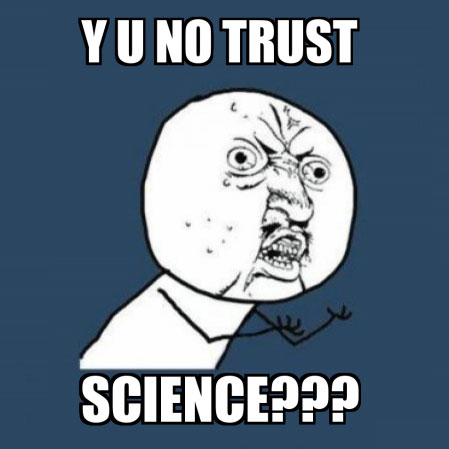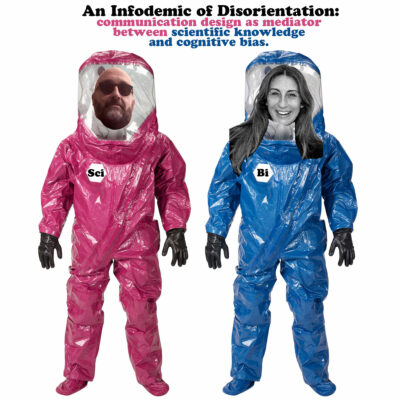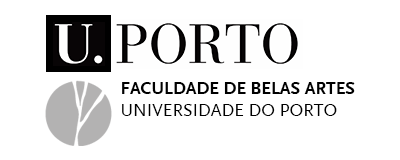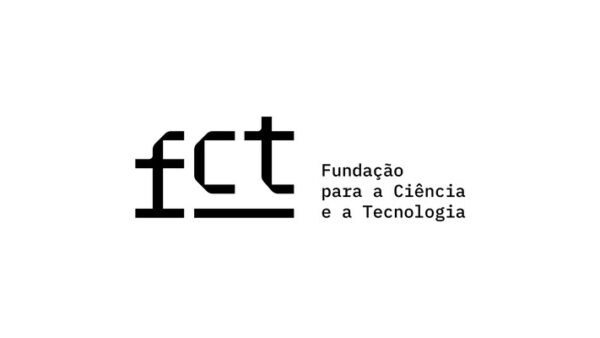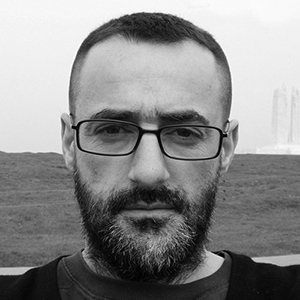Diagnosis:
Recent years have seen the emergence of two particular challenges to scientific knowledge and employment by citizens. In both instances, communication design may be underperforming in its potential for contribution:
1. The exponential rise of social media use has potentiated an equally exponential range of phenomena such as fake news, pseudo-science and superstition; as alluring, de-centralised, continuously reconfiguring webs, their circulation and adaptability tend to far surpass those of rigorous knowledge.
2. The recent pandemic and corresponding public policies (rules if confinement and vaccination programs in particular) seem to have further eroded the already precarious, aforementioned scenario. A range of misinformation channels and content have reached significant sectors of the population - just as the general media’s portrayal of the health crisis was largely reduced to statistical extrapolations, and the broadcasting of a largely hermetic, prescriptive discourse on the part of health authorities, often lacking in intelligibility with the greater public.
Despite current decreases in pandemic levels, issues of mistrust remain and will likely retain an impact in future instances, health-related or otherwise.
The above issues have been addressed both through increased technological sophistication of digital tools, and the adoption of logical discourse; however, both seem to have fallen short in tackling the scale and complexity of the phenomena of misinformation.
Hypothesis and relevance:
The present project posits that communication design may be an efficient tool in both filtering unreliable knowledge and contributing to a more empathetic dialogue between scientific expertise and citizen concerns. The premises of this hypothesis can be translated as follows:
1. Scientific complexity is not always readily translatable to those outside the fields of study;
2. A correlation between scientific diagnosis and public policy is equally complex and not always clear to citizens;
3. Statistical representation may benefit from more intelligible and accessible interfaces: graphic, figurative, even documentary;
4. An exhaustion over the pandemic may be worsened by overused media communication strategies;
5. An excessive reliance in digital technology and data overflow may have been falling short of its tangible applicability;
6. Citizens may tend to bypass statistical and evidence-based reliability if it happens to be contrary to their own narrative, experience, or preceding beliefs;
7. A behavioural regulation and corresponding pedagogy in crisis scenarios may need to consider subjective components and levels of literacy more than it has so far;
8. A closer scrutiny of information fluxes in social media, as well as online field work towards more dynamic communication channels, may be essential to the success of scientific and policy-based communication strategies.
As far as relevance, we further posit that historical patterns and the heritage of the present pandemic may help in future communication and regulation of health-related crises and further scenarios of public impact, namely by using communication design as an interface towards engagement and reciprocity.
Objectives:
- To confirm or refute the above hypothesis and associated premises;
- To mediate spaces for reciprocal recognition between scientists and citizens;
- To provide tangible contributions to a multidisciplinary approach to scientific communication in health information and associated policies;
- To scrutinise formal and semantic components of online media of civic vocation;
- To further unpack the current ambivalence between reliable and unreliable information:
- To provide working contributions to the legitimisation of the design discipline, testing its specific tools, strategies and methodologies in a pertinent and timely field of cognitive density.
Methodology: an overview
The project is organised as an iteration in the following phases:
1 - Field work and content gathering/taxonomy towards confirming, refuting and adjusting the above hypotheses;
2 - Production of exploratory communication design prototypes based in the findings of phase 1;
3 - Prototype evaluation by diversified demographics;
4 - Production of communication design specimens adjusted according to evaluation findings;
5 - Public presentation of specimens, findings, methodologies and policy recommendations.
Main outcomes:
- Scientific dissemination throughout the project
- Good practice recommendations in the communication of public policies
- Archives of content and data gathered throughout the project
- Communication design prototypes: posters, publications, online media
- Public talks between normally unconnected demographics
- Documentary audiovisual content
- Networked dissemination via online channels and radio broadcasts
- Design model for curricular employment
- A white paper on contemporary scientific communication in health sectors.
The case study of Portugal
The current project focuses on Portugal as a case study, due to empirical proximity, the relatively contained expression of pseudoscience and ideologically driven bias, and a largely successful strategy in tackling the pandemic crisis in terms of civic cooperation. From the findings, the project will ensure a taxonomy differentiating contextual, phenomenological (non-replicable) issues, and replicable / scalable factors that may be employed in further developments.
Images
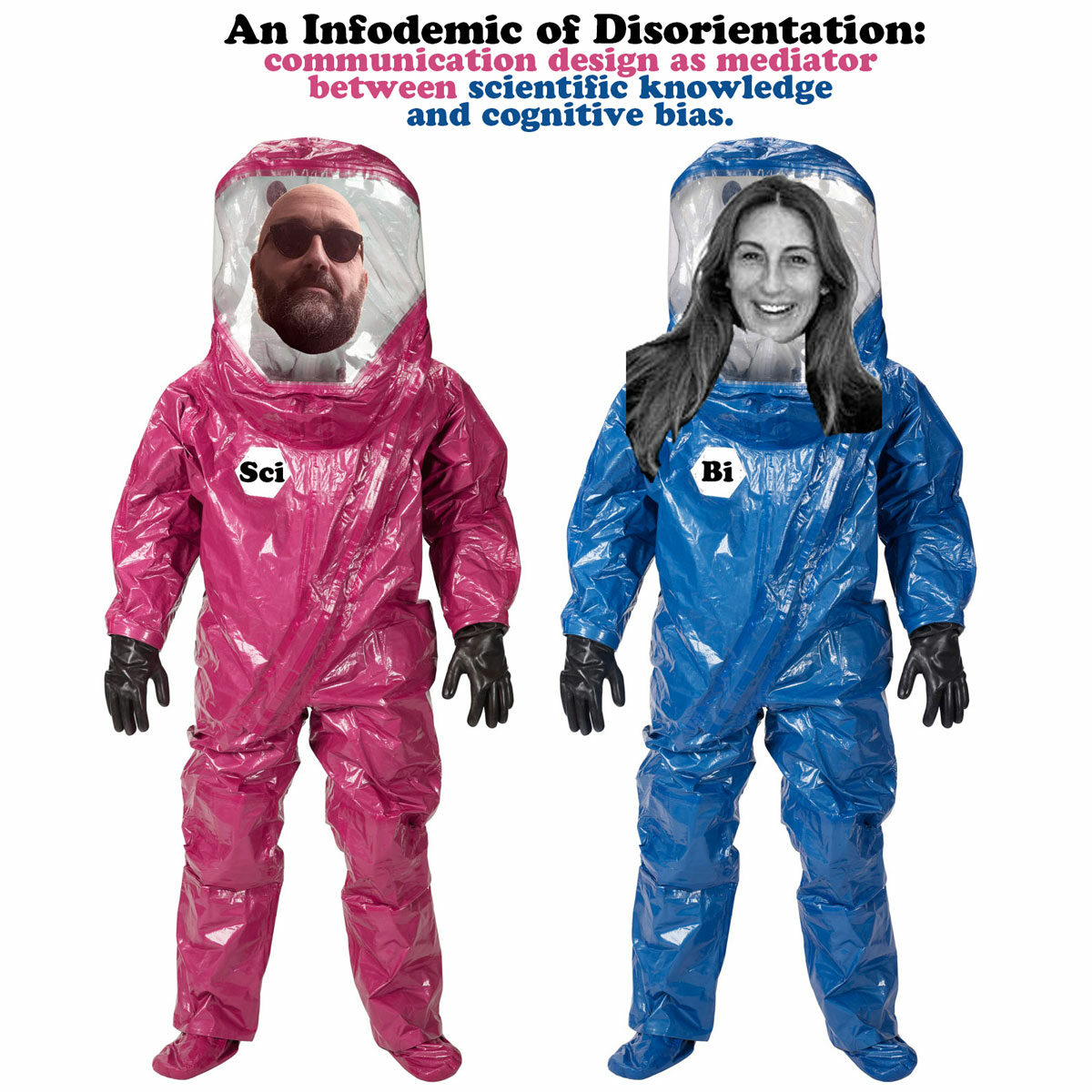
wscibikickoff
Start/end date Feb 2023 — Aug 2024
Research groups
Lead researcher
 Heitor Alvelos
Heitor Alvelos
Co-Lead researcher
 Susana Barreto
Susana Barreto
